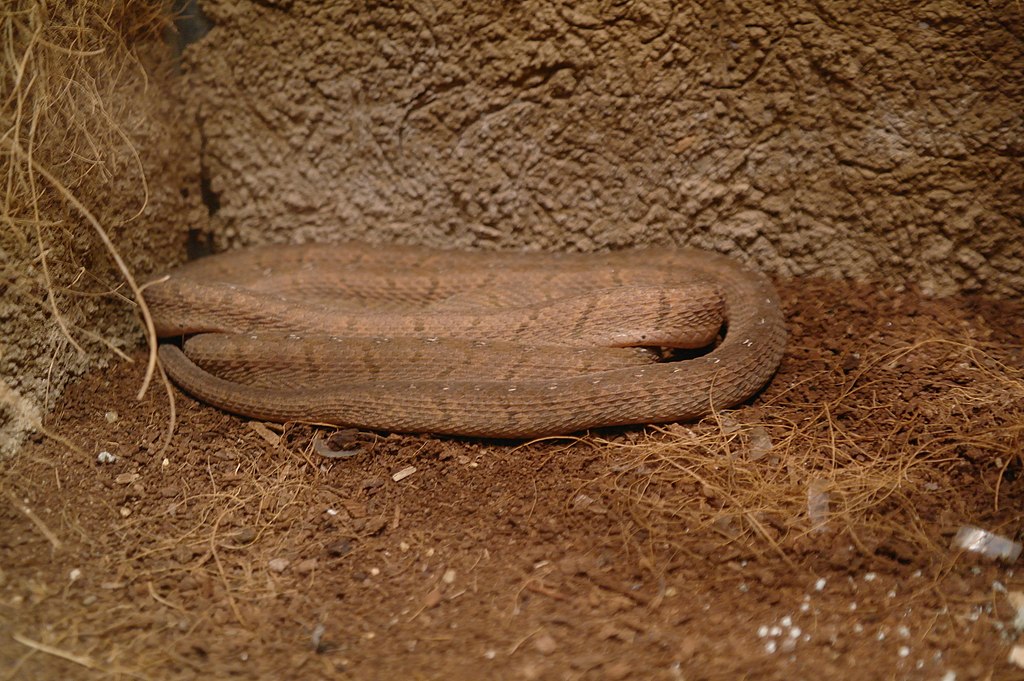Deep in the undergrowth of forests, across sun-baked deserts, and even through murky waters, snakes silently traverse their territories with remarkable precision. Unlike humans who might rely on maps or GPS devices, these limbless reptiles navigate their surroundings using sophisticated biological systems developed over millions of years of evolution. From chemical trails to thermal imaging, snakes employ an impressive array of techniques to find prey, locate mates, avoid predators, and return to their shelters without getting disoriented. Their navigation abilities are not only fascinating from a scientific perspective but also crucial for their survival in diverse and often challenging environments. Let’s explore the remarkable ways snakes maintain their internal compass and navigate their territory without getting lost.
Chemical Trail Detection Through Tongue Flicking
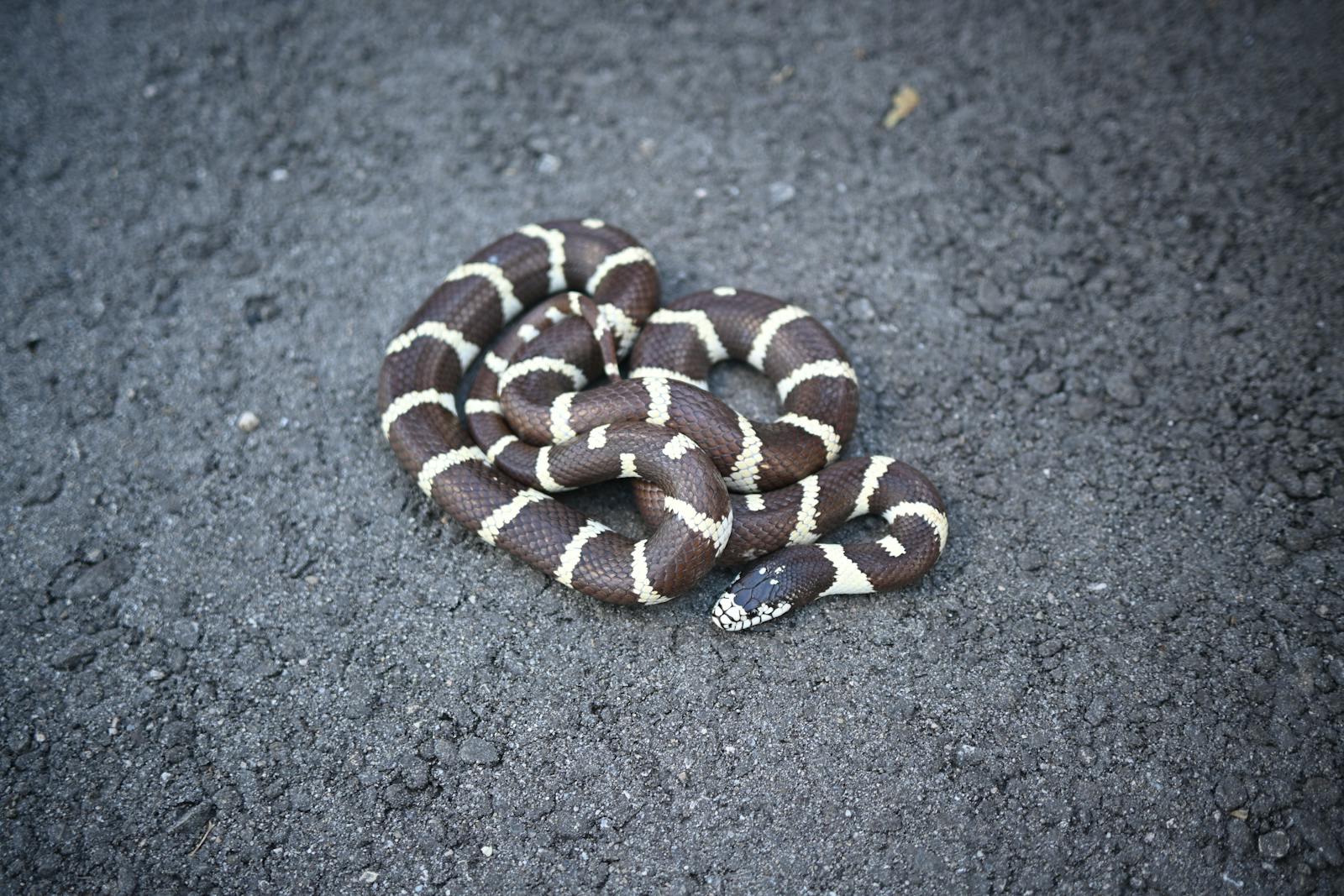
One of the most distinctive features of snakes is their perpetually flicking tongues, which serve as sophisticated chemical detection systems. When a snake flicks its forked tongue, it collects microscopic particles from the air, ground, and surrounding environment. These particles are then transferred to the vomeronasal organ, also known as Jacobson’s organ, located in the roof of the mouth. This specialized sensory system can detect and analyze chemical signatures with extraordinary precision, allowing snakes to effectively “taste” their surroundings. Through this chemosensory process, snakes can follow the chemical trails left by prey, recognize territorial markings of other snakes, and even retrace their own paths to return to familiar locations. This chemical mapping is so refined that some species can distinguish between trails laid hours or even days apart, enabling them to build comprehensive mental maps of their territory.
Infrared Heat Sensing Capabilities
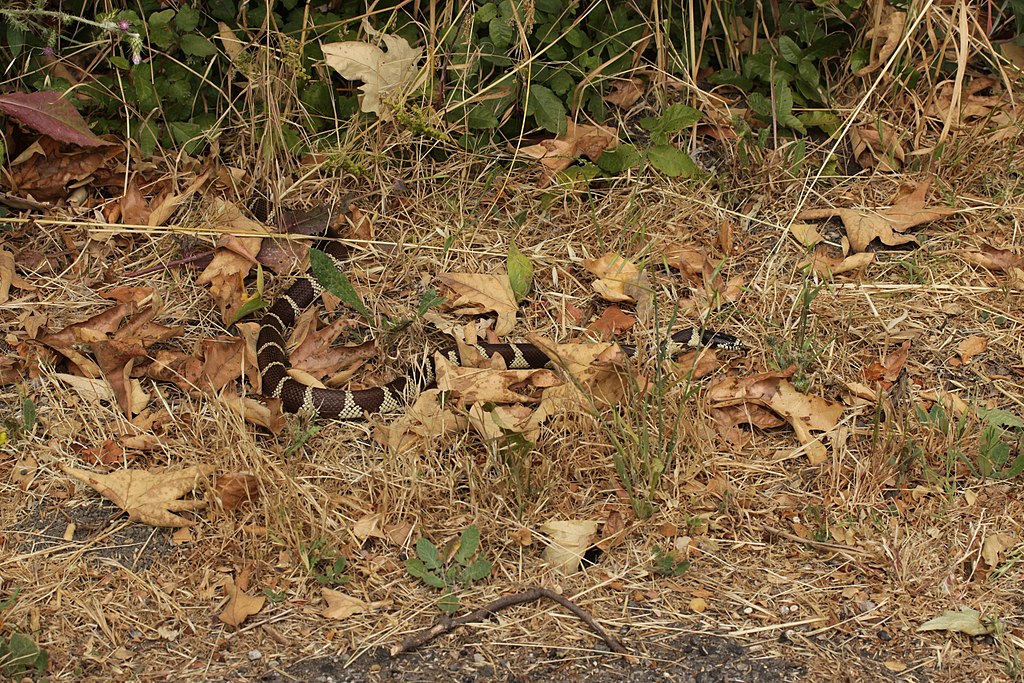
Certain snake species, particularly pit vipers like rattlesnakes and boas, possess specialized heat-sensing organs that allow them to detect infrared radiation. Located between their eyes and nostrils, these “pit organs” can detect minute temperature differences as small as 0.003 degrees Celsius. This remarkable ability enables these snakes to create thermal images of their surroundings, similar to how night vision technology works for humans. By sensing the body heat of warm-blooded animals, snakes can locate prey even in complete darkness or when their target is hidden from view. Beyond hunting, this thermal sensing ability also helps snakes identify environmental features like warm rocks for basking or cool refuges for escaping extreme temperatures. In this way, their heat-sensing capabilities serve as a crucial navigational tool, creating a thermal map of their territory that complements other sensory inputs.
Visual Landmark Recognition
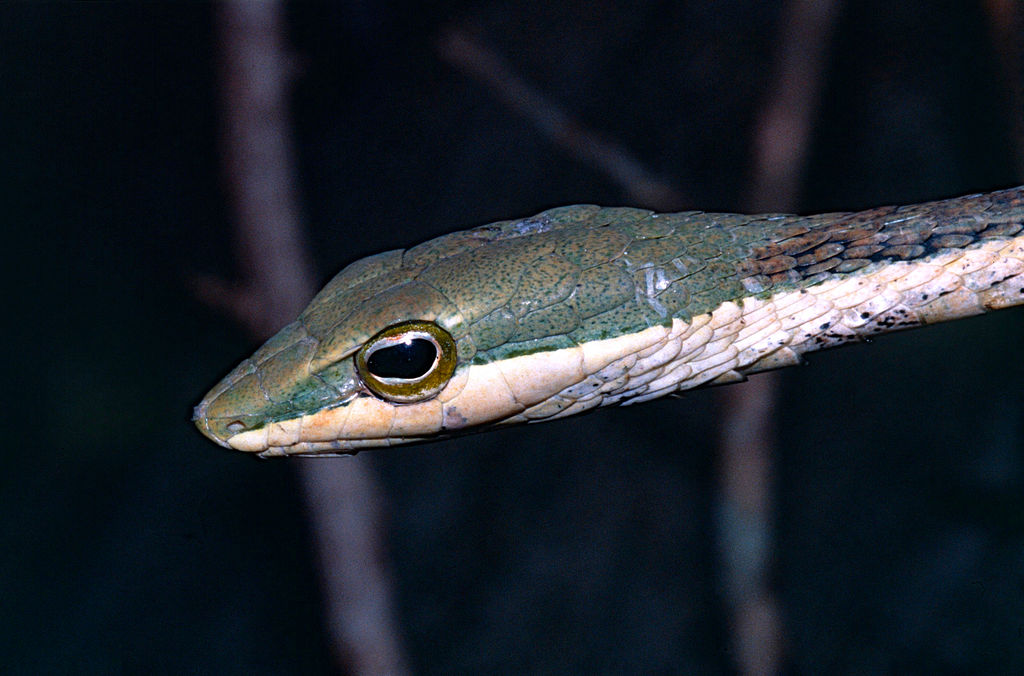
Despite the common misconception that snakes have poor eyesight, many species possess well-developed vision that plays a crucial role in their navigation. Diurnal snake species like whipsnakes and racers have particularly good visual acuity and can remember distinctive features in their environment such as rocks, trees, or clearing patterns. These visual landmarks serve as reference points that help snakes build mental maps of their territory. Studies have shown that some snakes can remember complex visual patterns and use them to orient themselves when moving through familiar areas. Even arboreal species navigate by recognizing distinct branch patterns and canopy features in their three-dimensional forest habitats. For species that frequently return to the same shelter or basking spot, visual landmarks provide reliable navigational cues that complement their other sensory systems.
Magnetic Field Detection
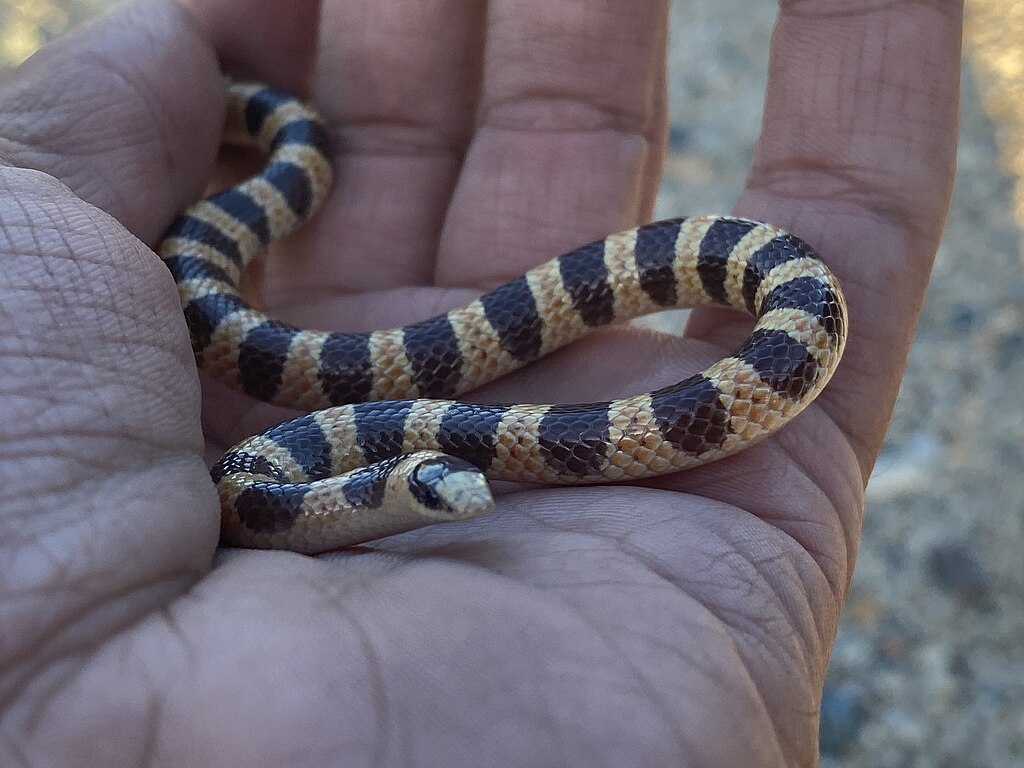
Emerging research suggests that snakes, like many other migratory animals, may possess an internal magnetic compass that allows them to sense Earth’s magnetic field. This ability would provide snakes with directional information regardless of weather conditions or time of day. Scientists have observed that some snake species maintain straight-line travel over long distances, even when other navigational cues are absent or confusing. This suggests they might be tuning into the planet’s geomagnetic field to maintain their orientation. While the exact mechanism is still being studied, researchers believe that specialized magnetoreceptors containing iron-rich cells may be located in the snake’s brain or nervous system. This magnetic sensing capability would be particularly valuable for snakes that undertake seasonal migrations between winter hibernation sites and summer feeding grounds, allowing them to navigate across unfamiliar terrain with remarkable accuracy.
Vibration and Sound Wave Detection
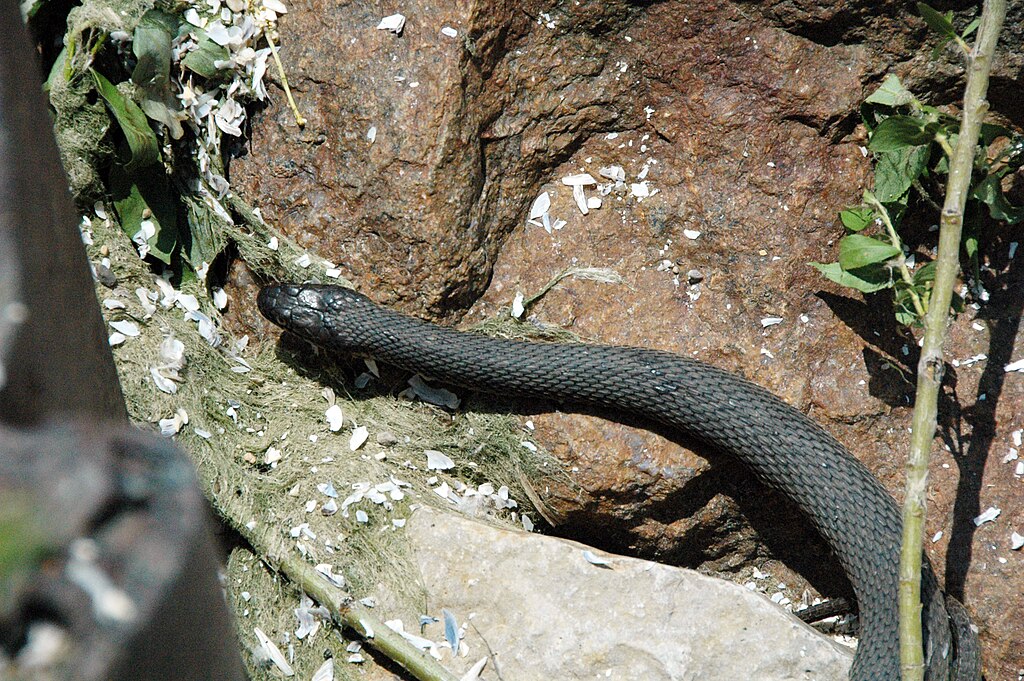
Though lacking external ears, snakes are far from deaf to their environment. They possess a sophisticated system for detecting vibrations and low-frequency sound waves that contributes significantly to their navigational abilities. This system involves their jawbones and internal ear structures, which capture vibrations traveling through the ground or surrounding medium. By sensing these vibrations, snakes can detect the movement of nearby animals, identify the flow patterns of water currents, or even sense approaching predators from considerable distances. Some aquatic species use this ability to follow the vibration patterns of underwater terrain features, effectively “hearing” the landscape through which they swim. This vibration sensing also helps snakes identify familiar terrain types based on how sound travels through different substrates, providing them with another layer of environmental information that aids in navigation.
Proprioception and Body Awareness
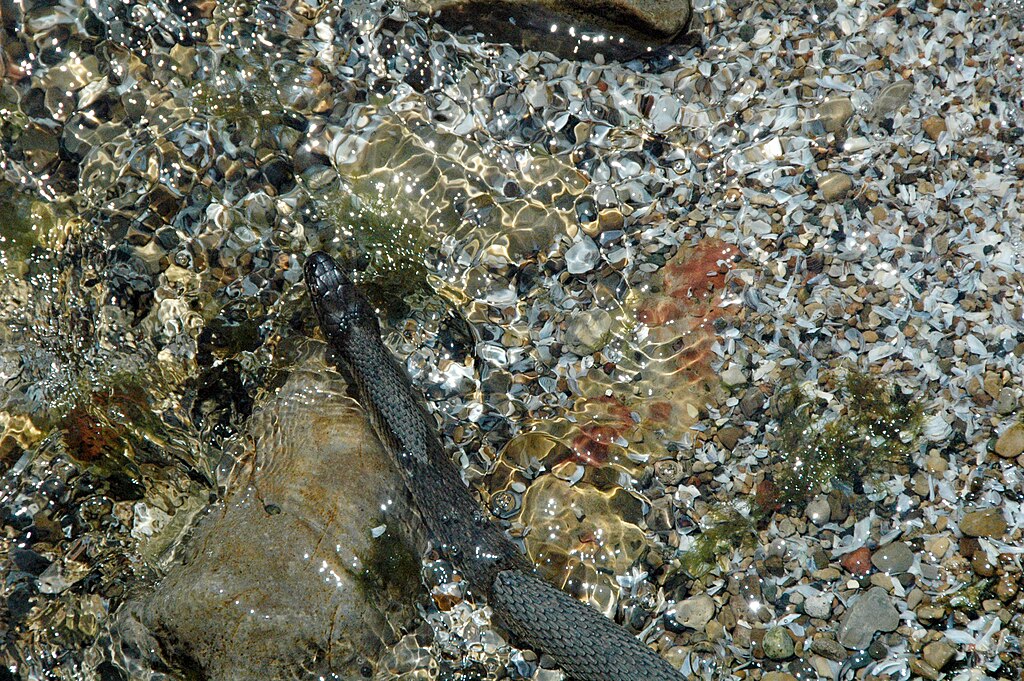
Snakes possess an extraordinary sense of proprioception—the awareness of their body’s position in space—which is crucial for navigation without limbs. Their elongated bodies contain thousands of proprioceptors, sensory receptors that continuously monitor the position and movement of each segment of their body. This detailed body awareness allows snakes to precisely control their locomotion and maintain orientation even when moving through complex three-dimensional environments like rock crevices, tree branches, or underground burrows. When navigating narrow passages, snakes can remember the exact positioning required to pass through successfully on previous occasions. This proprioceptive memory enables them to create mental maps of physical challenges in their territory, such as tight squeezes or precarious crossings, and navigate them with increasing efficiency over time. For burrowing species, this body awareness is particularly critical as they create and navigate through tunnel systems without visual cues.
Seasonal and Celestial Navigation

Some snake species, particularly those that undertake seasonal migrations, appear to use celestial navigation cues similar to those used by birds and sea turtles. They may track the position of the sun during daylight hours or follow moon phases and star patterns at night to maintain consistent directional movement. These celestial reference points provide reliable navigational information that remains consistent regardless of a snake’s location within its territory. Additionally, many snakes are sensitive to seasonal changes in day length, temperature patterns, and humidity levels, which serve as environmental timers that trigger migratory behaviors. For instance, certain rattlesnake species in northern climates can navigate back to the same communal hibernation dens year after year, sometimes traveling several miles across varied terrain. This remarkable ability suggests they’re integrating multiple navigational strategies, including celestial cues, to make these critical seasonal journeys.
Scent Memory and Spatial Mapping
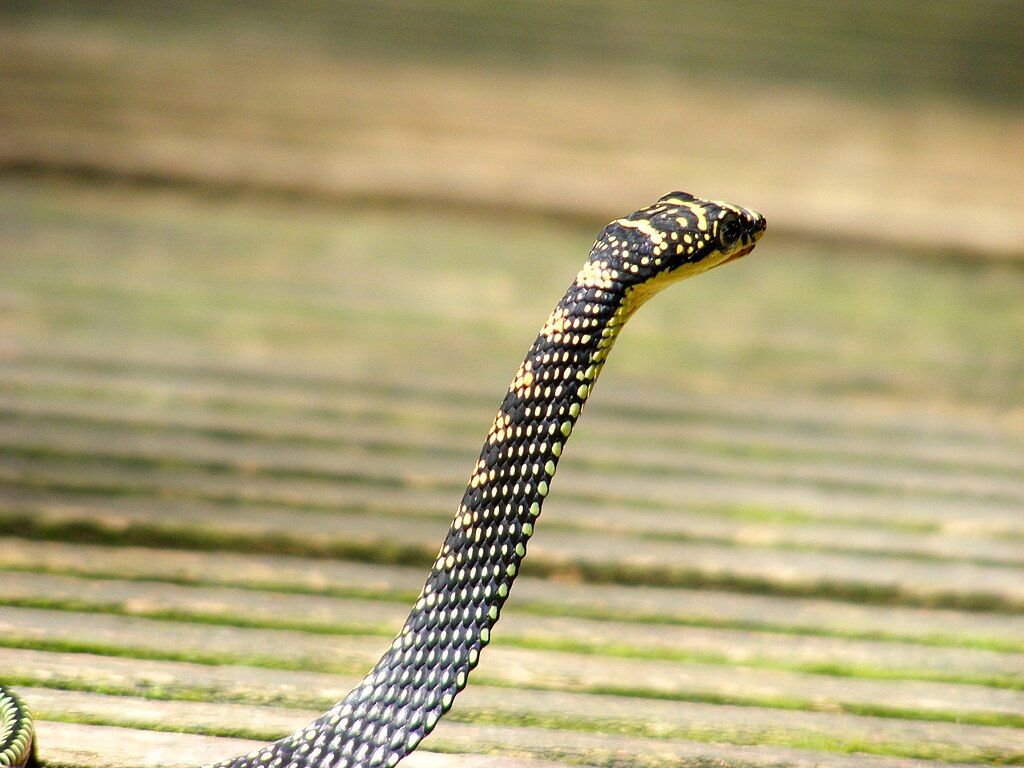
Snakes possess impressive cognitive abilities when it comes to remembering and mapping their environment through scent profiles. Beyond simply detecting chemical trails, they can create complex spatial representations based on the distinct scent signatures of different areas within their territory. Research has shown that snakes can remember the unique chemical compositions of specific locations for extended periods, allowing them to build comprehensive mental maps of their home range. This scent-based spatial memory helps them locate important resources like water sources, prey-rich hunting grounds, or safe refuges, even after significant time has passed since their last visit. Some studies indicate that snakes can recognize and avoid areas where they previously encountered predators or adverse conditions, demonstrating that their scent mapping includes not just location information but also contextual memories associated with those locations. This sophisticated chemical cartography allows snakes to navigate efficiently through their territory while minimizing risk and maximizing resource utilization.
The Role of Habitat Familiarity in Navigation

Many snake species develop an intimate familiarity with their home territory that significantly enhances their navigational efficiency. Through repeated exploration, snakes build comprehensive mental maps that integrate multiple sensory inputs—chemical, visual, thermal, and tactile—to create a detailed representation of their environment. This habitat familiarity allows them to take shortcuts between important locations, find alternative routes when faced with obstacles, and quickly locate refuge when threatened. Studies tracking snake movements have revealed that individuals often establish preferred pathways through their territory, regularly revisiting successful hunting grounds and basking sites while avoiding areas of high predation risk. This behavioral pattern demonstrates that snakes don’t navigate randomly but rather follow established routes optimized through experience. For many species, this territorial familiarity is so important that they rarely venture beyond the boundaries of their known environment unless forced to by factors like drought, food scarcity, or habitat destruction.
Navigation During Seasonal Migrations

For snake species that undertake seasonal migrations, navigation becomes particularly critical as they move between summer feeding grounds and winter hibernation sites. These journeys often span considerable distances and require snakes to travel through potentially unfamiliar territory. To accomplish these migrations successfully, snakes integrate multiple navigational strategies simultaneously. They may follow familiar landmark corridors, detect temperature gradients that lead toward suitable hibernacula, and use their chemical sensing to follow the trails of other snakes heading to communal denning sites. Research on timber rattlesnakes has demonstrated that individuals can return to the same hibernation den year after year with remarkable precision, even when the journey requires traveling several miles across varied terrain. Young snakes often learn these migratory routes by following the chemical trails of adults, effectively inheriting navigational knowledge that may have been developed over many generations. This complex migratory behavior showcases how snakes can synthesize multiple navigational inputs to solve challenging spatial problems.
Navigational Differences Between Snake Species

While all snakes possess basic navigational abilities, different species have evolved specialized techniques suited to their ecological niches and lifestyles. Arboreal species like vine snakes and tree boas rely heavily on visual landmarks and their exceptional sense of balance to navigate the three-dimensional complexity of forest canopies. Desert-dwelling species like sidewinders depend more on thermal detection to avoid dangerously hot surfaces and locate the cooler microhabitats where prey might be found. Aquatic snakes such as sea kraits and water snakes can detect subtle changes in water currents and pressure gradients, using these cues to navigate underwater environments effectively. Burrowing species like blind snakes have reduced visual capabilities but possess enhanced chemical detection and vibration sensing that allows them to create extensive mental maps of their underground territories. These species-specific adaptations highlight how snakes have fine-tuned their navigational strategies to match the particular challenges of their preferred habitats, demonstrating the remarkable evolutionary plasticity of these reptiles.
Impact of Environmental Changes on Snake Navigation

Human-induced environmental changes present significant challenges to snakes’ navigational systems that have evolved over millions of years. Habitat fragmentation due to road construction, urban development, and agricultural expansion creates physical barriers that disrupt established movement corridors and force snakes to navigate through unfamiliar or inhospitable terrain. Light pollution can interfere with celestial navigation cues used by nocturnal species, while chemical pollutants may mask or distort the scent trails that many snakes rely on for orientation. Climate change is altering temperature patterns that serve as important navigational references, particularly for species that undertake seasonal migrations to hibernation sites. Research has shown that snakes exposed to these disruptions may show increased stress behaviors, reduced foraging success, and higher mortality rates as they struggle to adapt their navigational strategies to rapidly changing environments. Understanding how these environmental changes impact snake navigation is crucial not only for conservation efforts but also for developing effective wildlife corridors and habitat management practices that allow these remarkable reptiles to continue moving successfully through their increasingly fragmented territories.
The navigational capabilities of snakes represent one of nature’s most fascinating adaptations, allowing these limbless reptiles to move efficiently through their environments despite lacking the physical attributes we might consider essential for orientation. Through a combination of specialized sensory systems, cognitive mapping abilities, and learned behaviors, snakes have evolved multiple redundant strategies to ensure they rarely lose their way. These navigation techniques—from chemical detection and thermal sensing to visual landmark recognition and magnetic field orientation—work in concert to create a multi-layered awareness of their surroundings. As we continue to study and understand these remarkable abilities, we gain not only greater appreciation for the sophisticated intelligence of these often-misunderstood creatures but also valuable insights that may inform technological innovations in fields ranging from robotics to environmental monitoring. In their silent, sinuous movements across the landscape, snakes demonstrate that effective navigation doesn’t require complex equipment—just millions of years of evolutionary refinement.

